Wondering what kind of paint to use on your walls? The right kind of paint and finish is as important as the colour you choose. Today, there are many different types of paints available in the market. To simplify it out for you, we’ve done all the research so you don’t have to! Read on to know about the features of some commonly available categories of wall paints. Different Categories of Wall Paints
1. Acrylic Emulsion Paints
Acrylic emulsion paints are among the most preferred paints for home interiors. They are available in a wide range of colours and can be readily mixed according to your preference. - Acrylic emulsion paints dry very quickly. They are available in various finishes ranging from matte and silk, to glossy.
- The paint is water-based, therefore, it does not emit high levels of toxic VOCs.
- Emulsion paint is durable and can be wiped clean by using a cloth dipped in soapy water.
- Acrylic colours do not fade in sunlight.
- The acrylic component offers elasticity and makes the surface resistant to cracking.
- The paint cannot be applied directly on the wall and requires a base coat of primer.
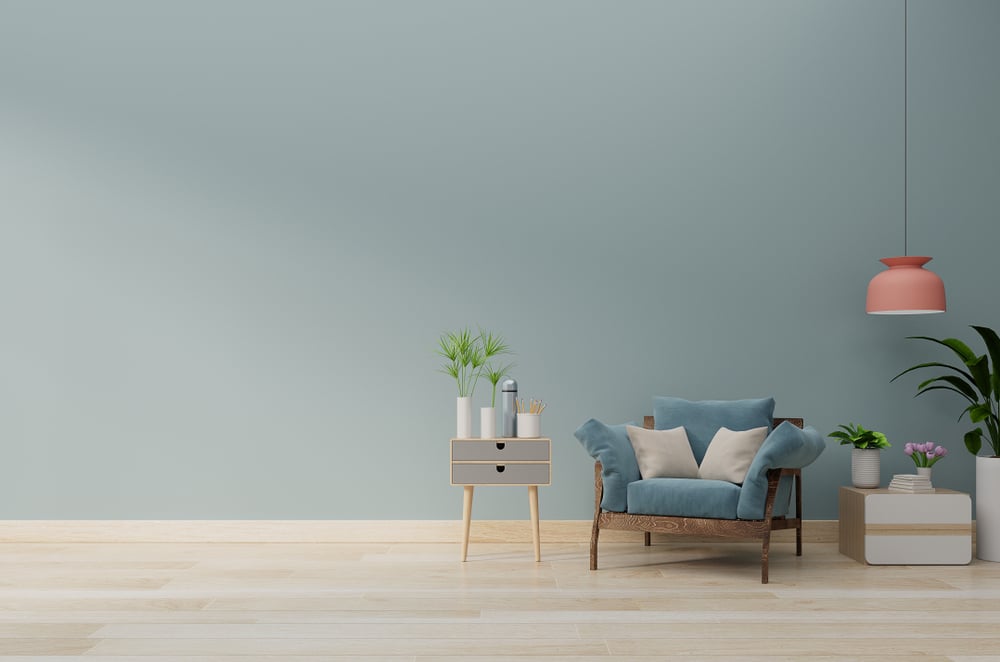
2. Distemper Paint
Also known as whitewash or cement paint, distemper is the cheapest type of wall paint. It is made of chalk, lime, water, and pigments.
- The paint offers good coverage and can be applied directly on the wall without any primer.
- It is not durable and cannot be wiped clean like emulsion paint.
- The colors tend to fade in sunlight and come off with continual exposure to water.
- The paint does not crack with temperature changes. It tends to get absorbed into the wall surface.
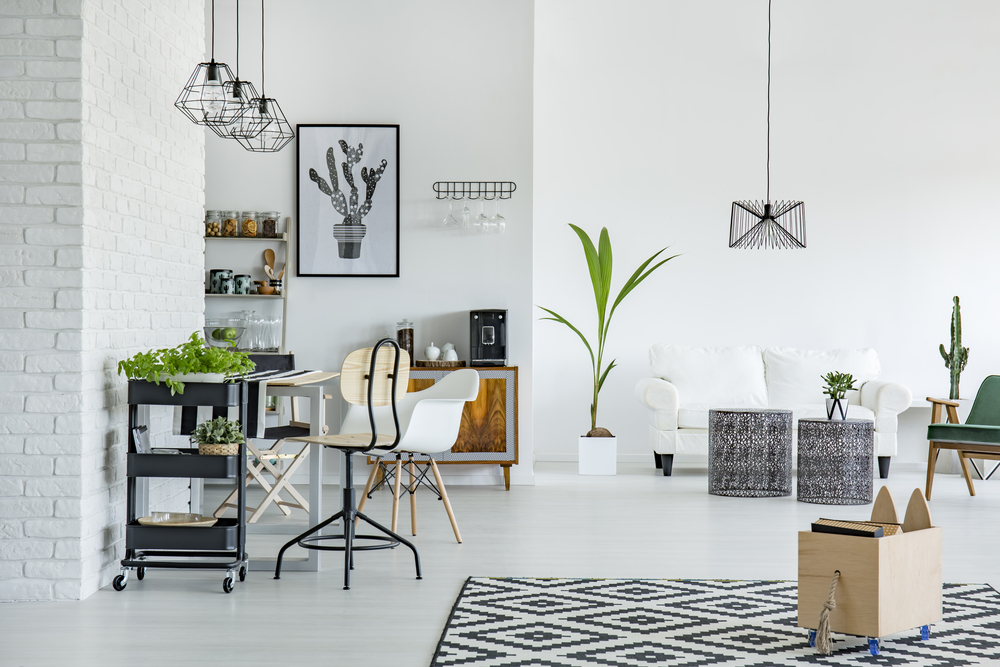

3. Enamel Paint
Enamel paint is the most commonly used paint on wooden partitions or wall panelling. - The enamel paint takes longer to dry than the other kinds of paint as it is oil-based.
- It is thicker and offers less coverage than water-based paints.
- Glossy and waterproof, enamel paint is well-suited for areas that have high exposure to humidity.
- It is not elastic and can crack over time.
- Enamel paints have a strong smell which may not be agreeable with many.
- Paintbrushes and paint spill would have to be cleaned with solvents like turpentine. If not cleaned at once, enamel paint stains can be hard to wipe off.
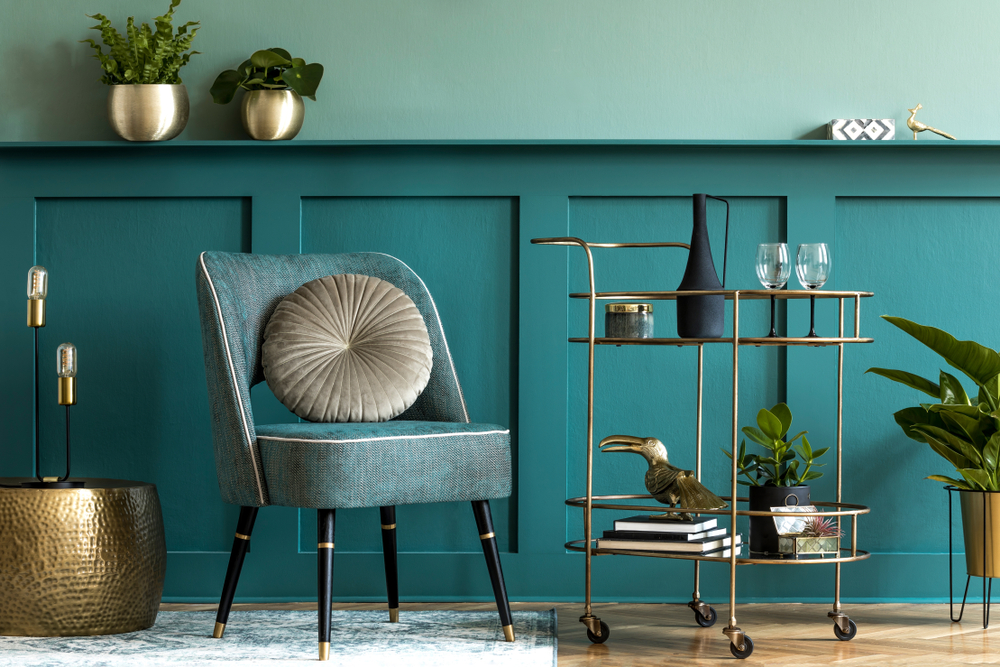
4. Textured wall Paints
These paints are used to create a focus or accent wall. They are used to highlight one area of the room with special effects. Various techniques such as stippling, combing, sponging or ragging are used to create different kinds of finishes on the wall.
- Textured paint is expensive and is usually used for one wall or certain areas in a room, not the entire room.
- It is thick and can be used to cover undulations or imperfections in the surface.
- The paint is used to create the effect of stucco, marble and stone or can be combined with metallic paint to get stunning, unique effects.
- It takes expert workmanship to get this finish done well.
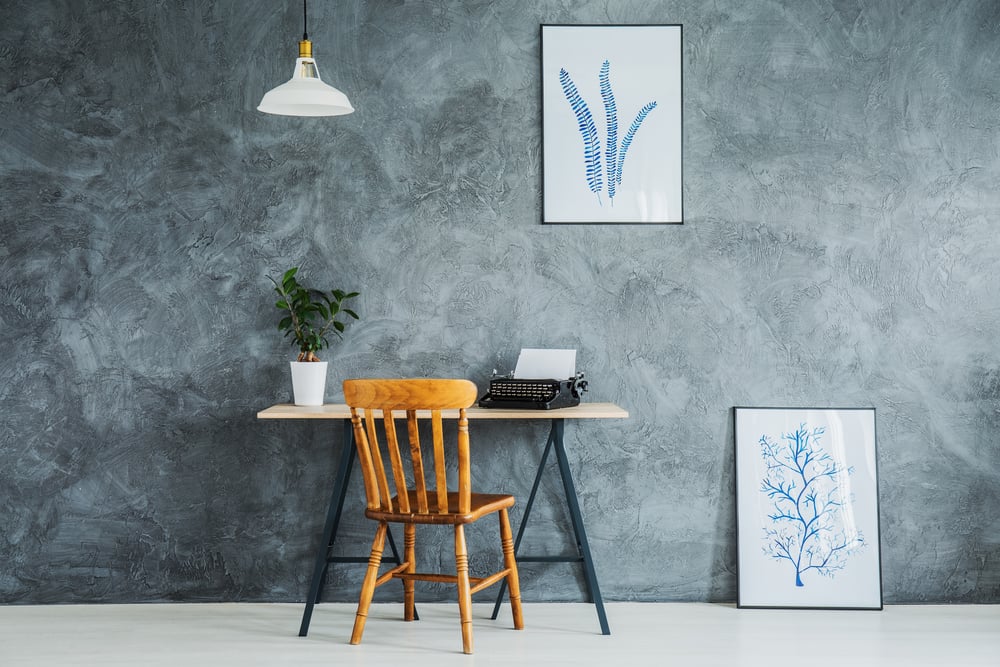
Different Types Of Wall Paints Finish
When the paint dries on the wall, you can get satin, matte, gloss or semi-gloss finishes.
Matte Finish
A matte surface (also called flat paint finish) is non-reflective. As a result, it does not highlight any imperfections in the walls. It is commonly used on the ceilings. The surface also needs to be retouched often as it can attract dirt.
Satin Finish
Satin or eggshell finishes are silken soft. However, they are more difficult to achieve than matte finishes. They are not the best finishes to hide imperfections in the wall. The best satin finish can be achieved by starting off with a perfectly smooth surface of POP punning.
Semi-Glossy Finish
Semi-glossy surface finishes are a bit more glossy than satin. However, they are not highly reflective. They offer greater resistance to moisture and this makes them a good option for bathroom and kitchen walls.
Glossy Finish
Glossy finishes have the highest reflective characteristics. They easily reveal undulations or imperfections, if any, in the wall. Fortunately, they can be cleaned more easily than the other finishes and are also more durable.
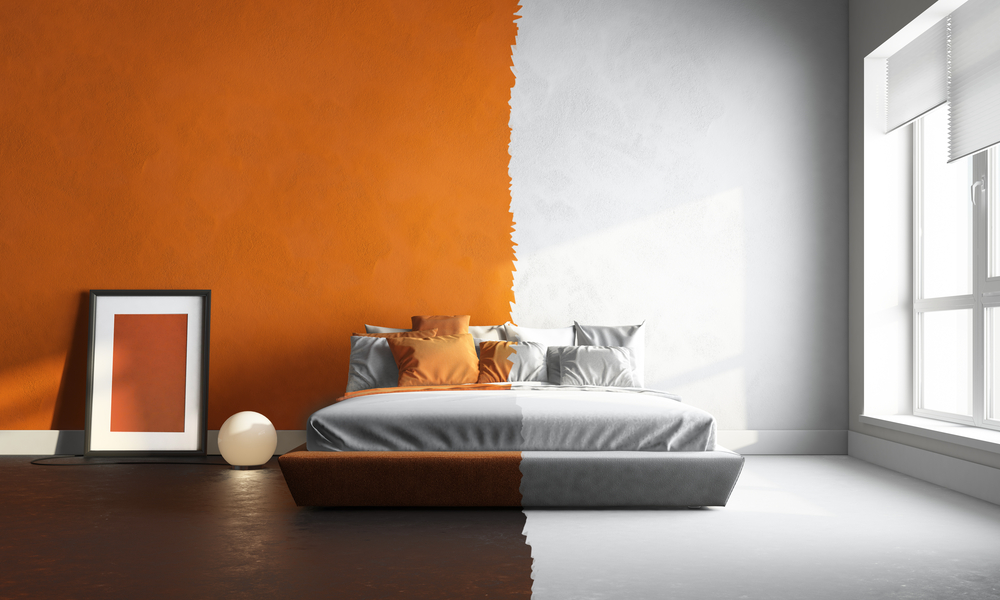
Pro tip: To achieve an effect or an even tone, you might have to use more than one coat of paint. This is especially the case if you are changing the colour on the walls. Changing the colour from light to dark is easy. However, when going from a darker shade to a lighter one, you may sometimes need as many as three or four coats of paint for complete coverage.
How to choose the perfect wall paints for your home?
- Acrylic emulsion is the preferred option for interior spaces. It is durable, can be easily cleaned, and can be finished to the desired sheen and reflectivity.
- Distemper is more suitable for rustic or low-cost interiors where durability is not important. For instance, they are a good fit for a rented interior where the walls have to be repainted annually.
- For areas where water exposure is very high, you can opt for enamel paint. However, the paint does not give a natural and soft look to the walls.
- Textured paint can be used on accent walls to highlight a particular space in your room. These paints are very expensive and can only be handled by experienced painters.
Above everything, pick a paint based on your budget, functionality, and the aesthetics you wish to achieve. For more expert tips and tricks, connect with HomeLane today. 





 EXPLORE MORE
EXPLORE MORE EXPLORE MORE
EXPLORE MORE